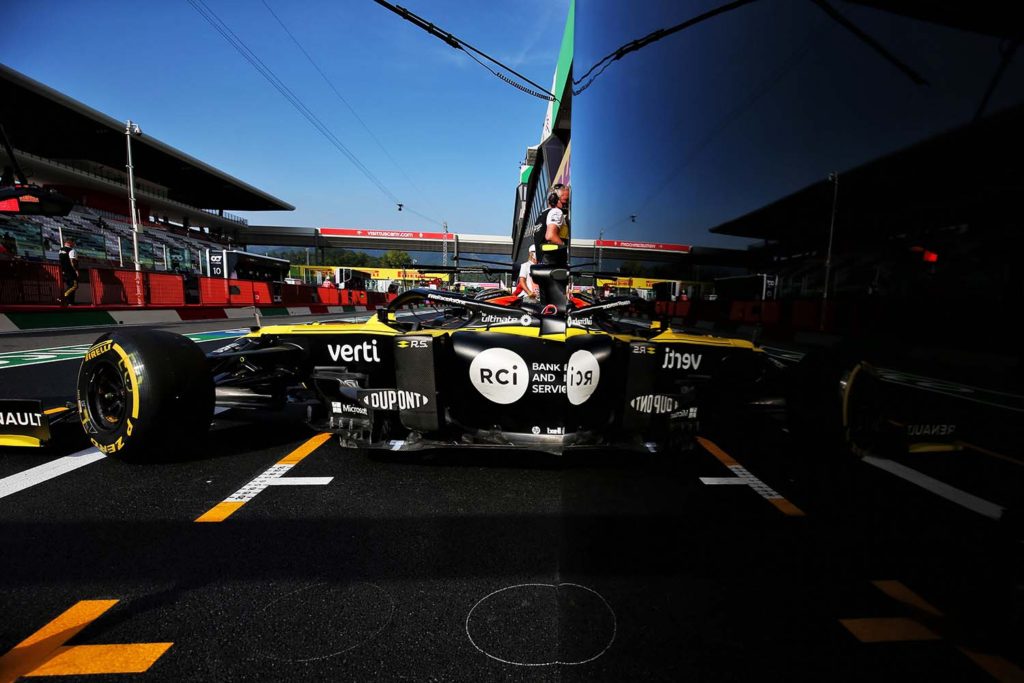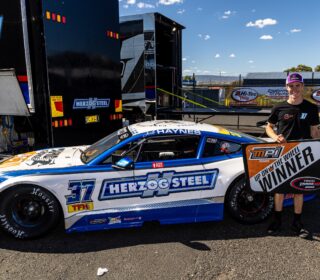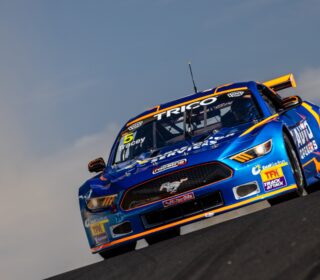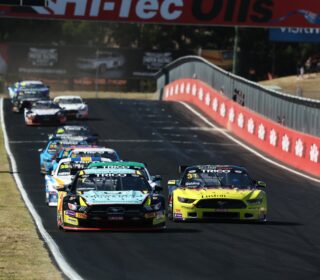COMMENT: RESTART RULES AND THE F1 DRUG
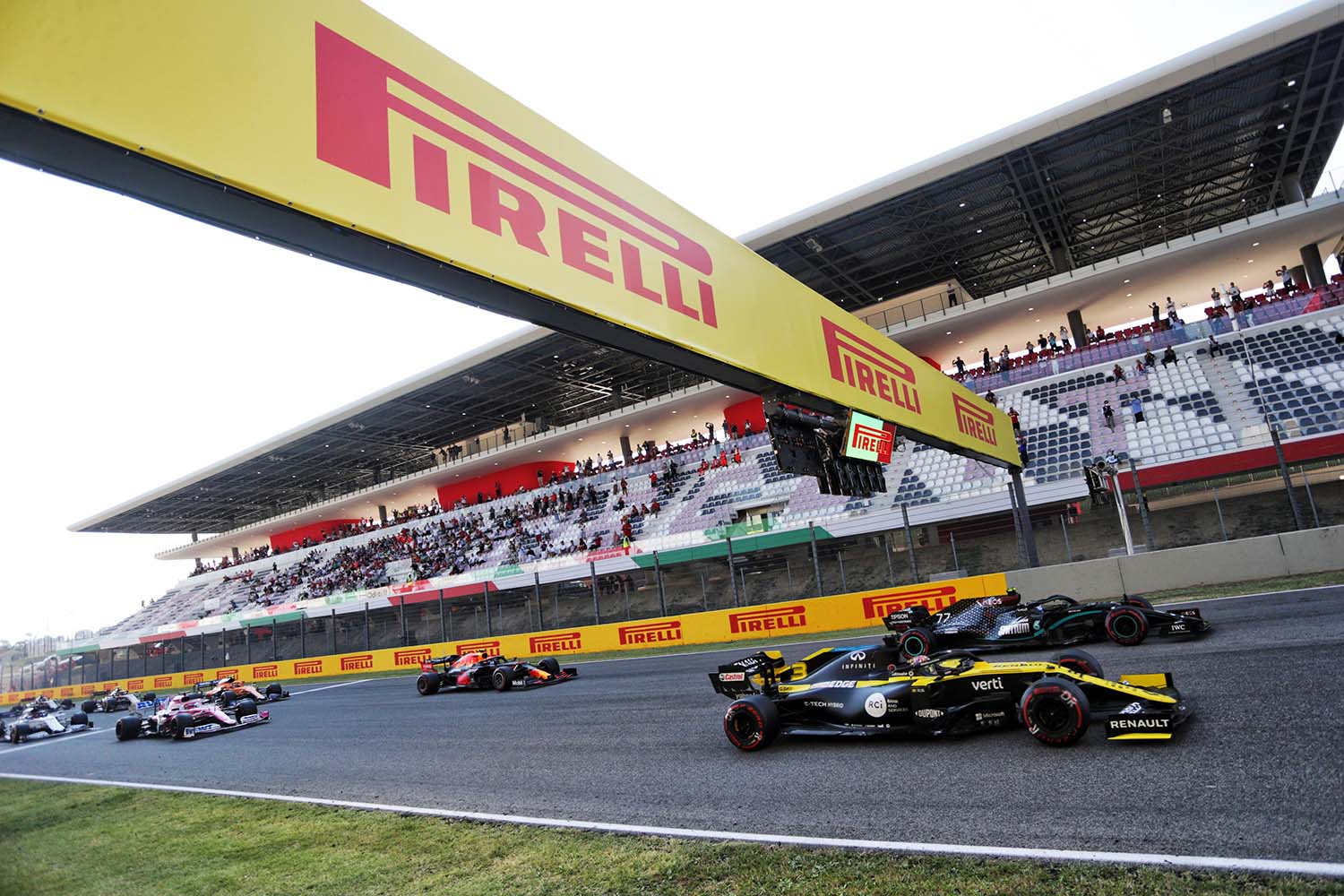
BY THE LETTER of the rules, Valtteri Bottas did nothing wrong in his early-race restart of the Tuscan Grand Prix, one that would ultimately decimate the field and force the red flag to be flown for the second time in as many weeks.
WORDS: Richard Craill IMAGES: Renualt Sport Media
The FIA’s rules for restarts specify that everything the Finn did, he did correctly. The crash was the fault of the drivers behind going early when they saw the green light when, in fact, the field does not go until the leader decides.
Twitter was quick to jump on Race Director Michael Masi for the restart carambolage, but he can only police the rules that he is provided – he doesn’t write them, just enforces them.
As such it’s with the rules that the issue that created the restart chaos lies.
Here in Australia, motor sport operates differently with a restart procedure that has proven to be effective in reducing, if not completely removing, the kind of situations that last night’s race created.
I’ve pulled this particular rule from item 3.26.1.1 of the 2020 Bathurst 12 Hour Sporting Regulations, but it translates elsewhere as needed. It reads:
No pitching or weaving of a Car is permitted once the lights of the Safery Car are extinguished and prior to Cars crossing the Control Line at the withdrawal of the Safety Car.
It’s a simple rule: When the lights go out, cars remain in single file until the point deemed by race control where overlapping can begin (from memory, at the 12-Hour it was the apex of Turn 23, Murrays corner).
At Mugello, the field was spread out and all over the road as they waited for the point where Bottas begun to accelerate (though some went on the green anyway). It was messy, there was overlapping and if you were at the back you had no real visual distinction for when Bottas hit the go button because cars were everywhere, weaving and wobbling around.
The Aussie rule stops that from happening and while it doesn’t completely rule out issues like last night’s Grand Prix, I think it would definitely reduce incidences of them across the course of a season.
The leader still picks the point he or she can go – as long as it’s before the control line they can go early or late – but the field behind remains relatively controlled and in formation, reducing the chance of someone going early, drilling the back of someone else and causing a race-pausing shunt.
F1’s race director Michael Masi has run races to these regs before – I wonder if this race prompts him to have a review of the FIA’s procedures and perhaps implement some home-grown ideas into the world stage.
**
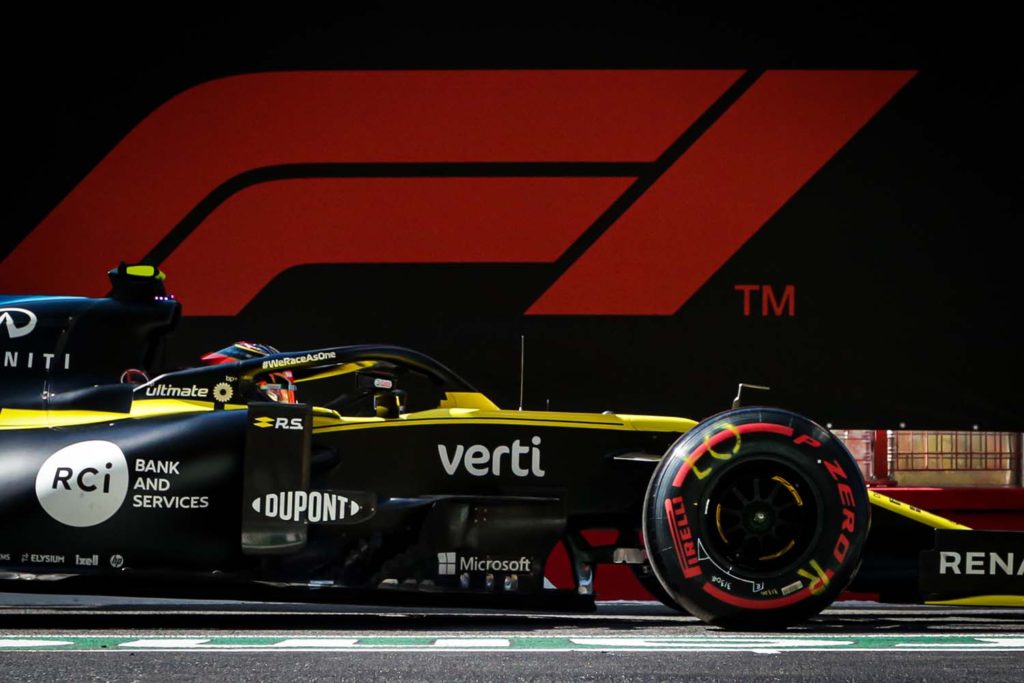
FORMULA ONE is a fickle mistress and the last few weeks are proof positive of that.
It’s almost like the sport knows when fans are starting to become disinterested; a string of dull races dominated by one driver and with little midfield drama that only causes people to consider nodding off, rather than remaining engaged and actively following watch each Grand Prix.
And then, just at the exact moment the audience is about to succumb to the tedium and give up for the race or even the year, the racing gods offer up another thriller – another shot of the Formula One drug that injects the sport back into your system so you have the energy and enthusiasm to commit to the next sequence of inevitably increasingly less thrilling races.
It’s a good drug, though perhaps in the future those racing gods who run F1 could consider offering it up a little more frequently.
Stil, the Tuscan Grand Prix certainly was dramatic on account of the two red flags, the carnage, Mercedes-AMG’s strategy games Daniel Ricciardo’s heave towards the front and everything else that allowed you to remain engaged and energised as the clock ticked towards, and past, 1AM..
Mugello was worth the addition to the calendar for qualifying alone, which brings me to another frustration of the current era of Formula One.
These cars, 1000 Horsepower turbocharged / hybrid monsters, are quite simply the fastest racing cars ever made to lap a road course circuit.
Nothing has ever been quicker over a lap and, with a 10 per cent reduction in downforce coming next year, it’s likely nothing ever will be again.
This is peak circuit racing for one-lap performance and Mugello exposed how incredibly phenomenal the cars are, flat to the boards through turns six, seven, eight and nine without thought; the camera at Turn six, following the cars as the plunge right and down hill at 285km/hr and at five times the force of gravity, is one of the most visible signs of raw speed Formula One has ever broadcast.
I just wish they made more of a deal about it.
Part of the problem is that tyre performance and fuel flow limitations mean that during a race they’re operating far below their ultimate performance potential, which is annoying, but at least in all-out attack mode on a Saturday they’re still going for it.
We’re literally watching the peak of technical achievement in motor racing, more aero and mechanical performance than ever before combining to push these cars around a circuit faster than anything in history and all we get is a purple graphic on the screen.
This Hybrid era of F1 has been challenging for hardcore fans who loved the V8’s and V10’s of the past, and lost the quintessential F1 sound – not to mention the Mercedes-AMG domination – but their one benefit has been their relentless development and constantly increasing performance which makes them a spectacle to watch.
I hope F1 finds a way to celebrate that, at least, at some point this year before things change.
